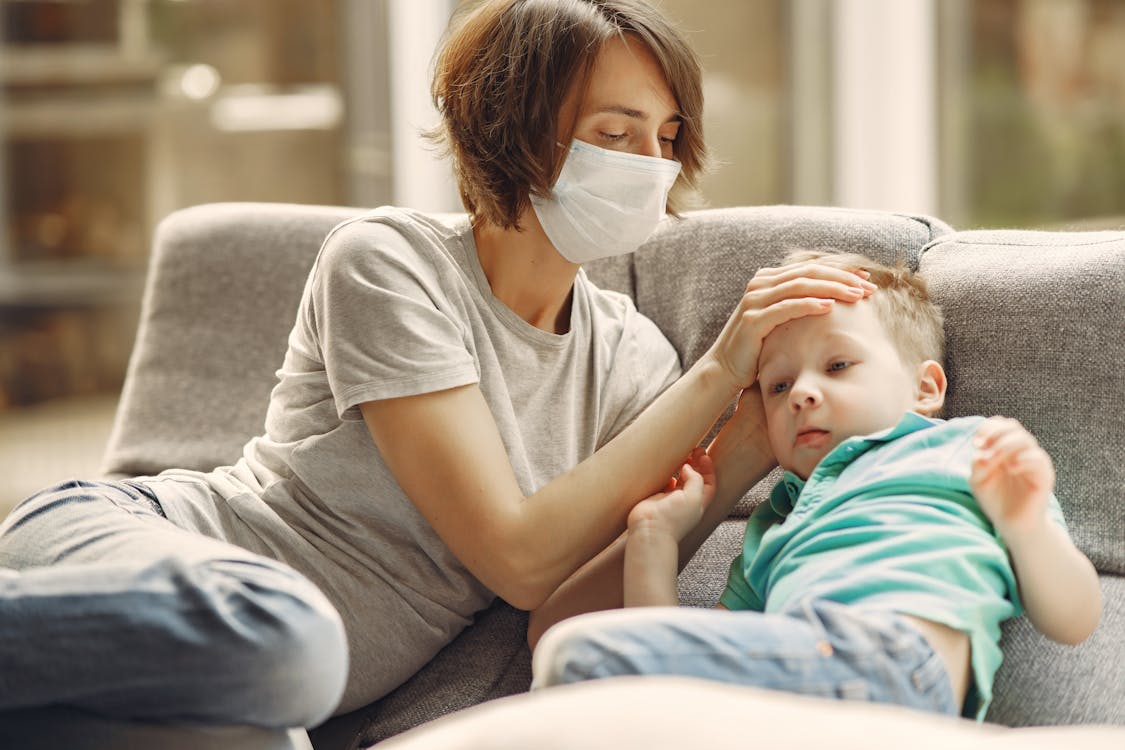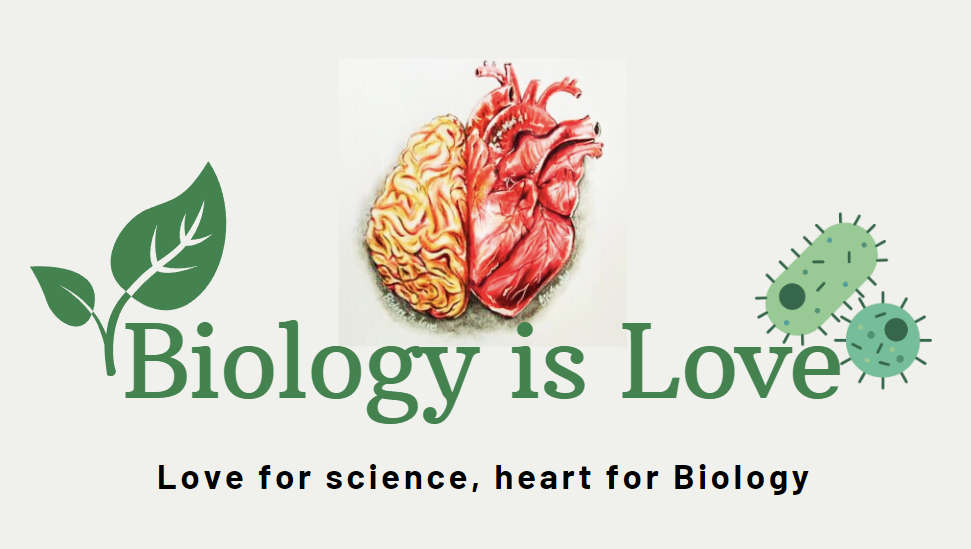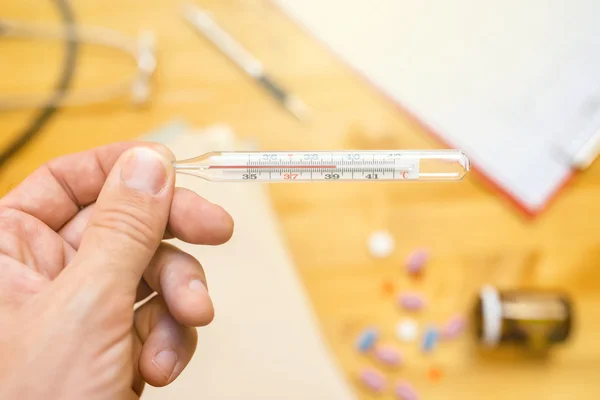Table of Contents
INTRODUCTION
Living organisms are classified into two groups, depending upon the maintenance (regulation) of body temperature:
1. Homeothermic animals
2. Poikilothermic animals.
HOMEOTHERMIC ANIMALS
Homeothermic animals are the animals in which the body temperature is maintained at a constant level, irrespective of the environmental temperature. Birds and mammals including man belong to this category. They are also called warm-blooded animals.
POIKILOTHERMIC ANIMALS
Poikilothermic animals are the animals in which the body temperature is not constant. It varies according to the environmental temperature. Amphibians and reptiles are the poikilothermic animals. These animals are also called cold blooded animals.
BODY TEMPERATURE
Body temperature can be measured by placing the clinical thermometer in different parts of the body such as:
1. Mouth (oral temperature)
2. Axilla (axillary temperature)
3. Rectum (rectal temperature)
4. Over the skin (surface temperature).
NORMAL BODY TEMPERATURE
Normal body temperature in human is 37°C (98.6°F), when measured by placing the clinical thermometer in the mouth (oral temperature). It varies between 35.8°C and 37.3°C (96.4°F and 99.1°F).
TEMPERATURE AT DIFFERENT PARTS OF THE BODY
Axillary temperature is 0.3°C to 0.6°C (0.5°F to 1°F) lowe than the oral temperature. The rectal temperature is 0.3°C to 0.6°C (0.5°F to 1°F) higher than oral temperature. The superficial temperature (skin or surface temperature) varies between 29.5°C and 33.9°C (85.1°F and 93°F).
Core Temperature
Core temperature is the average temperature of structures present in deeper part of the body. The core temperature is always more than oral or rectal temperature. It is about 37.8°C (100°F).
VARIATIONS OF BODY TEMPERATURE
Physiological Variations
1. Age
In infants, the body temperature varies in accordance to environmental temperature for the first few days after birth. It is because the temperature regulating system does not function properly during infancy. In children, the temperature is slightly (0.5°C) more than in adults because of more physical activities. In old age, since the heat production is less, the body temperature decreases slightly.
2. Sex
In females, the body temperature is less because of low basal metabolic rate, when compared to that of males. During menstrual phase it decreases slightly.
3. Diurnal variation
In early morning, the temperature is 1°C less. In the afternoon, it reaches the maximum (about 1°C more than normal).
4. After meals
The body temperature rises slightly (0.5°C) after meals.
5. Exercise
During exercise, the temperature raises due to production of heat in muscles.
6. Sleep
During sleep, the body temperature decreases by 0.5°C.
7. Emotion
During emotional conditions, the body temperature increases.
8. Menstrual cycle
In females, immediately after ovulation, the temperature rises (0.5°C to 1°C) sharply. It decreases (0.5°C) during menstrual phase.
Pathological Variations
Abnormal increase in body temperature is called hyperthermia or fever and decreased body temperature is called hypothermia.
HEAT BALANCE
Regulation of body temperature depends upon the balance between heat produced in the body and the
heat lost from the body.
HEAT GAIN OR HEAT PRODUCTION IN THE BODY
Various mechanisms involved in heat production in the body are:
1. Metabolic Activities
Major portion of heat produced in the body is due to the metabolism of foodstuffs. It is called heat of metabolism. Heat production is more during metabolism of fat. About 9 calories of heat is produced during metabolism of fats, when 1 L of oxygen is utilized. For the same amount of oxygen, carbohydrate metabolism produces 4.7 calories of heat. Protein metabolism produces 4.5 calories/L. Liver is the organ where maximum heat is produced due to metabolic activities.
2. Muscular Activity
Heat is produced in the muscle both at rest and during activities. During rest, heat is produced by muscle tone. Heat produced during muscular activity is called heat of activity. About 80% of heat of activity is produced by skeletal muscles.
3. Role of Hormones
Thyroxine and adrenaline increase the heat production by accelerating the metabolic activities.
4. Radiation of Heat from the Environment
Body gains heat by radiation. It occurs when the environmental temperature is higher than the body temperature.
5. Shivering
Shivering refers to shaking of the body caused by rapid involuntary contraction or twitching of the muscles as during exposure to cold. Shivering is a compensatory physiological mechanism in the body, during which enormous heat is produced.
6. Brown Fat Tissue
Brown adipose tissue is one of the two types of adipose tissues, the other being white adipose tissue. It produces enormous body heat, particularly in infants.
HEAT LOSS FROM THE BODY
Maximum heat is lost from the body through skin and small amount of heat is lost through respiratory system, kidney and GI tract. When environmental temperature is less than body temperature, heat is lost from the body.
Heat loss occurs by the following methods:
1. Conduction
Three percent of heat is lost from the surface of the body to other objects such as chair or bed, by means of conduction.
2. Radiation
Sixty percent of heat is lost by means of radiation, i.e. transfer of heat by infrared electromagnetic radiation from body to other objects through the surrounding air.
3. Convection
Fifteen percent of heat is lost from body to the air by convection. First the heat is conducted to the air surrounding the body and then carried away by air currents, i.e. convection.
4. Evaporation – Insensible Perspiration
When water evaporates, heat is lost. Twenty two percent of heat is lost through evaporation of water.
Normally, a small quantity of water is continuously evaporated from skin and lungs. We are not aware of it. So it is called the insensible perspiration or insensible water loss. It is about 50 mL/hour. When body temperature increases, sweat secretion is increased and water evaporation is more with more of heat loss.
5. Panting
Panting is the rapid shallow breathing, associated with dribbling of more saliva. In some animals like dogs which do not have sweat glands, heat is lost by evaporation of water from lungs and saliva by means of panting.
REGULATION OF BODY TEMPERATURE
Body temperature is regulated by hypothalamus, which sets the normal range of body temperature. The set point under normal physiological conditions is 37°C. Hypothalamus has two centers which regulate the body temperature:
1. Heat loss center
2. Heat gain center.
HEAT LOSS CENTER
Heat loss center is situated in preoptic nucleus of anterior hypothalamus. Neurons in preoptic nucleus are heatsensitive nerve cells, which are called thermoreceptors Stimulation of preoptic nucleus results in cutaneous vasodilatation and sweating. Removal or lesion of this nucleus increases the body temperature.
HEAT GAIN CENTER
Heat gain is otherwise known as heat production center. It is situated in posterior hypothalamic nucleus. Stimulation of posterior hypothalamic nucleus causes shivering. The removal or lesion of this nucleus leads to fall in body temperature.
MECHANISM OF TEMPERATURE REGULATION
When Body Temperature Increases
When body temperature increases, blood temperature also increases. When blood with increased temperature passes through hypothalamus, it stimulates the thermoreceptors present in the heat loss center in preoptic nucleus. Now, the heat loss center brings the temperature back to normal by two mechanisms:
1. Promotion of heat loss
2. Prevention of heat production
1. Promotion of heat loss
When body temperature increases, heat loss center promotes heat loss from the body by two ways:
i. By increasing the secretion of sweat: When sweat secretion increases, more water is lost from skin along with heat
ii. By inhibiting sympathetic centers in posterior
hypothalamus: This causes cutaneous vasodilatation. Now, the blood flow through skin increases causing excess sweating. It increases the heat loss through sweat, leading to decrease in body temperature.
2. Prevention of heat production
Heat loss center prevents heat production in the body by inhibiting mechanisms involved in heat production, such as shivering and chemical (metabolic) reactions.
When the body temperature decreases, it is brought back to normal by two mechanisms:
1. Prevention of heat loss
2. Promotion of heat production
1. Prevention of heat loss
When body temperature decreases, sympathetic centers in posterior hypothalamus cause cutaneous
vasoconstriction. This leads to decrease in blood flow to skin and so the heat loss is prevented.
2. Promotion of heat production
Heat production is promoted by two ways:
i. Shivering: When body temperature is low, the heat gain center stimulates the primary motor center for shivering, situated in posterior hypothalamus near the wall of the III ventricle and shivering occurs. During shivering, enormous heat is produced because of severe muscular activities.
ii. Increased metabolic reactions: Sympathetic centers, which are activated by heat gain center, stimulate secretion of adrenaline and noradrenaline. These hormones, particularly adrenaline increases the heat production by accelerating cellular metabolic activities. Simultaneously, hypothalamus secretes thyrotropinreleasing hormone. It causes release of thyroidstimulating hormone from pituitary. It in turn, increases release of thyroxine from thyroid. Thyroxine accelerates the metabolic activities in the body and this increases heat production.
Chemical thermogenesis: It is the process in which heat is produced in the body by metabolic activities induced by hormones.
APPLIED PHYSIOLOGY
HYPERTHERMIA – FEVER
Elevation of body temperature above the set point is called hyperthermia, fever or pyrexia. Fever itself is not an illness. But it is an important sign of something going wrong in the body. It is the part of body’s response to disease. Fever may be beneficial to body and on many occasions, it plays an important role in helping the body fight the diseases, particularly the infections.

Classification of Fever
Fever is classified into three categories:
1. Low-grade fever: When the body temperature rises to 38°C to 39°C, (100.4°F to 102.2°F)
2. Moderate-grade fever: When the temperature rises to 39°C to 40°C (102.2°F to 104°F)
3. High-grade fever: When the temperature rises above 40°C to 42°C (104°F to 107.6°F).
Hyperpyrexia
Hyperpyrexia is the rise in body temperature beyond 42°C (107.6°F). Hyperpyrexia results in damage of body tissues. Further increase in temperature becomes life threatening.
Causes of Fever
1. Infection: Certain substances (pyrogens) released from bacteria or parasites affect the heatregulating system in hypothalamus, resulting in the production of excess heat and fever.
2. Hyperthyroidism: Increased basal metabolic rate during hyperthyroidism causes fever
3. Brain lesions: When lesion involves temperatureregulating centers, fever occurs.
4. Diabetes insipidus: In this condition, fever occurs without any apparent cause.
Signs and Symptoms
Signs and symptoms depend upon the cause of fever:
1. Headache
2. Sweating
3. Shivering
4. Muscle pain
5. Dehydration
6. Loss of appetite
7. General weakness.
Hyperpyrexia may result in:
1. Confusion
2. Hallucinations
3. Irritability
4. Convulsions.
HYPOTHERMIA
Decrease in body temperature below 35°C (95°F) is called hypothermia. It is considered as the clinical state of subnormal body temperature, when the body fails to produce enough heat to maintain the normal activities. The major setback of this condition is the impairment of metabolic activities of the body. When the temperature drops below 31°C (87.8°F), it becomes fatal. Elderly persons are more susceptible for hypothermia.
Classification of Hypothermia
Hypothermia is classified into three categories:
1. Mild hypothermia: When the body temperature falls to 35°C to 33°C (95°F to 91.4°F)
2. Moderate hypothermia: When the body temperature falls to 33°C to 31°C (91.4°F to 87.8°F)
3. Severe hypothermia: When the body temperature falls below 31° C (87.8°F).
Causes of Hypothermia
1. Exposure to cold temperatures
2. Immersion in cold water
3. Drug abuse
4. Hypothyroidism
5. Hypopituitarism
6. Lesion in hypothalamus
7. Hemorrhage in certain parts of the brainstem, particularly pons.
Signs and Symptoms
1. Mild hypothermia
Uncontrolled intense shivering occurs. The affected person can manage by self. But the movements become less coordinated. The chillness causes pain and discomfort.
2. Moderate hypothermia
Shivering slows down or stops but the muscles become stiff. Mental confusion and apathy (lack of feeling or emotions) occurs. Respiration becomes shallow, followed by drowsiness. Pulse becomes weak and blood pressure drops. Sometimes a strange behavior develops.
3. Severe hypothermia
The person feels very weak and exhausted with incoordination and physical disability. The skin becomes chill and its color changes to bluish gray. Eyes are dilated. The person looses consciousness gradually. Breathing slows down, followed by stiffness of arms and legs. Pulse becomes very weak and blood pressure decreases very much, resulting in unconsciousness. Further drop in body temperature leads to death

